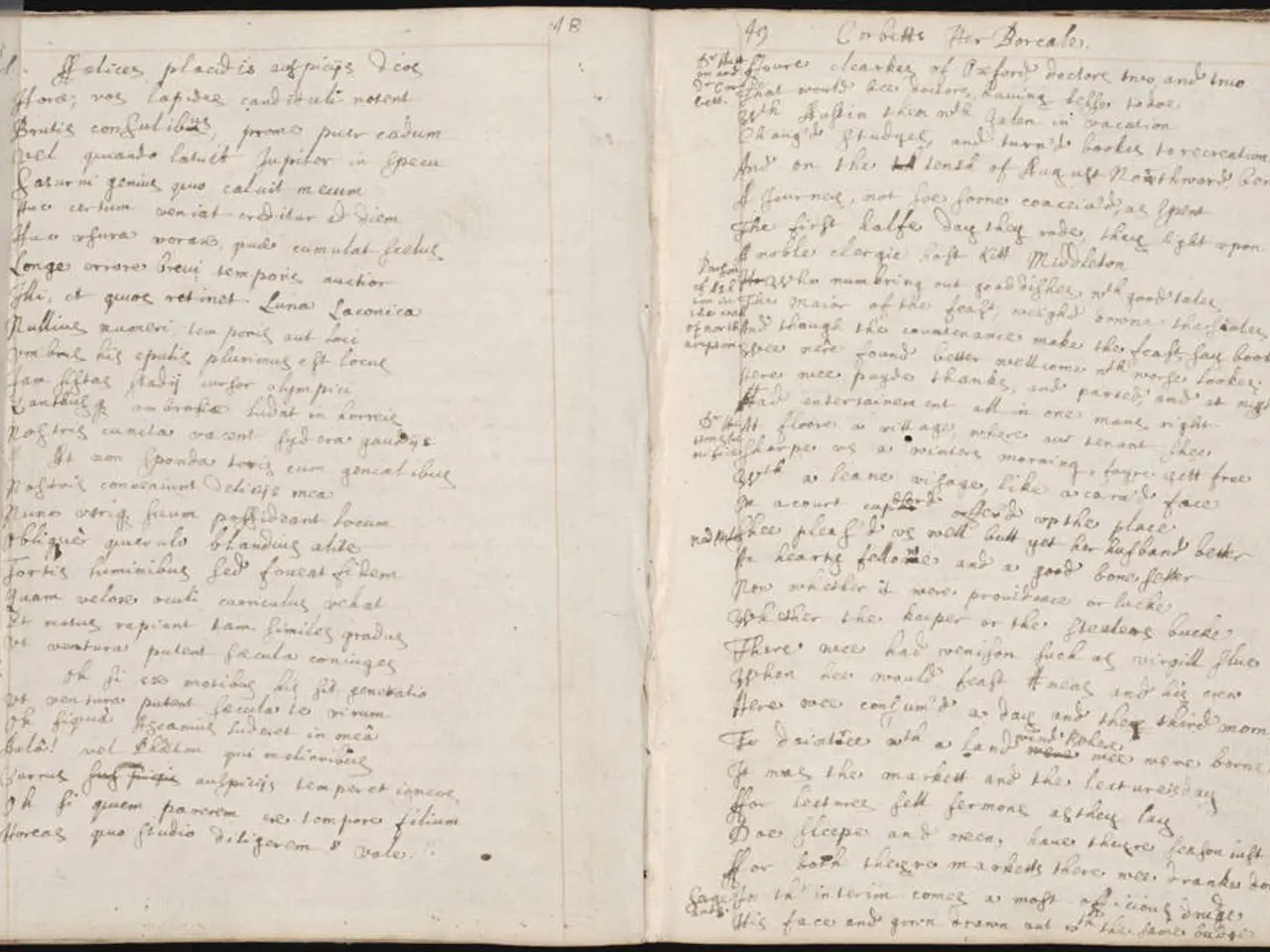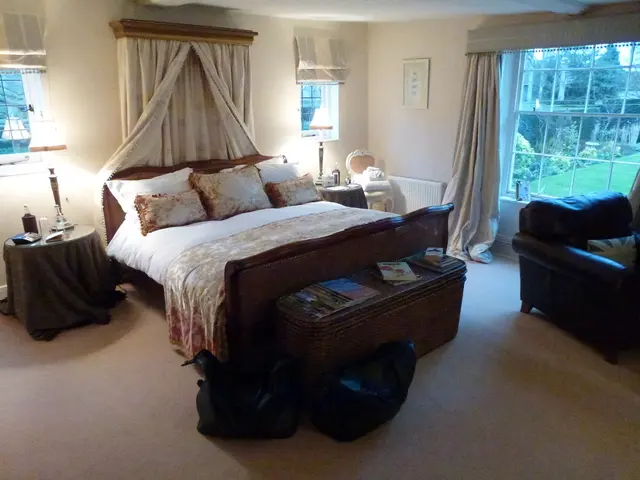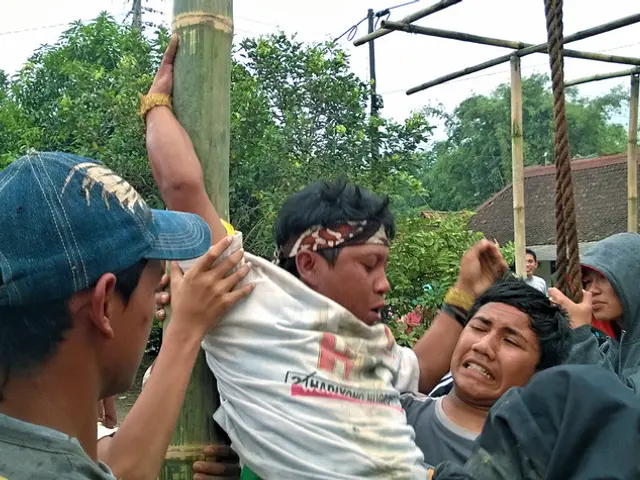European Indian Ayahs During the British Raj: The Unvoiced Account of Women in England and Beyond
Britain's Unsung Heroes: The Travelling Ayahs
In the colonial era, a group of women played a crucial role in the lives of British families, yet their stories have been largely overlooked in historical records and social memory. These women were the travelling ayahs, Indian women employed as nannies and child carers in British households, both in India and Britain.
The Role of the Ayahs
The ayahs were indispensable caretakers, nurturing and caring for British children, often during long sea voyages and in homes in India and Britain. They were agents navigating unfamiliar social and cultural territories, sometimes using their position to escape local patriarchal control and familial hierarchies in India.
By the 1850s, the number of travelling ayahs visiting Britain increased significantly, with estimates suggesting 100 to 140 travelled annually. Some were motivated by economic necessity, while others sought adventure. One notable example is Mrs Antony Pareira, who reportedly travelled 54 times.
Challenges and Support
Upon arriving in Britain, many ayahs faced precarious situations. Employers sometimes dismissed them without providing for their return, leaving them stranded in a foreign country with limited resources. To address this issue, the Ayahs' Home in London was established around the turn of the 20th century as a shelter for Indian ayahs and Chinese amahs who were destitute or mistreated after dismissal by their British employers.
The Home served as accommodation and a support center while ayahs awaited passage home or new employment. Its system often involved the transfer or sale of ayahs' return tickets from one employer to another, with the Home's funding partly coming from such arrangements. Some ayahs were abandoned in public places, relying on institutions like the Ayahs' Home and organizations such as Thomas Cook for assistance.
Legacy
Despite their vital role in the British colonial infrastructure, ayahs' stories and identities have largely been neglected in historical records and social memory. Recent scholarship, such as Arunima Datta's Waiting on Empire, has sought to recover their histories and acknowledge their significant contributions.
In June 2022, one Ayahs' Home in Hackney was commemorated with a blue plaque, marking a step towards ensuring their legacy is remembered. The Ayah and Amah International Research Network is a collaborative project involving scholars from the UK, Australia, and the United States, furthering research into the historical lives of South Asian "ayahs" and Chinese "amahs."
In summary, the travelling ayahs were essential caregivers who enabled the mobility of thousands of families in the globalized world. However, they often encountered hardship and neglect in Britain, leading to the establishment of support systems like the Ayahs' Home. Their experiences reflect complex interactions of labor, migration, colonialism, and gender dynamics, and their stories continue to be an important part of understanding the history of the British Empire.
The traveling ayahs' services expanded beyond Indian homes to cater for lifestyle needs within the home-and-garden domain in British households during their stay. Despite their crucial role in assisting British families, these dedicated caregivers frequently encountered hardships and faced precarious situations while in Britain, with the establishment of places like the Ayahs' Home serving as crucial support networks for these unsung heroes.




